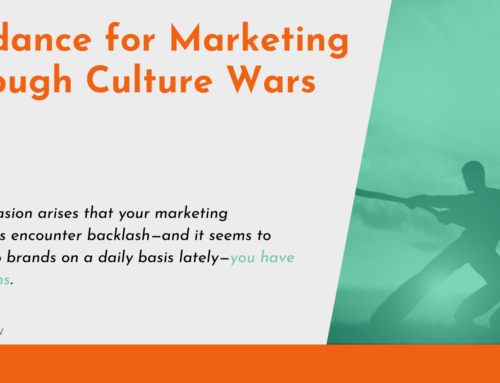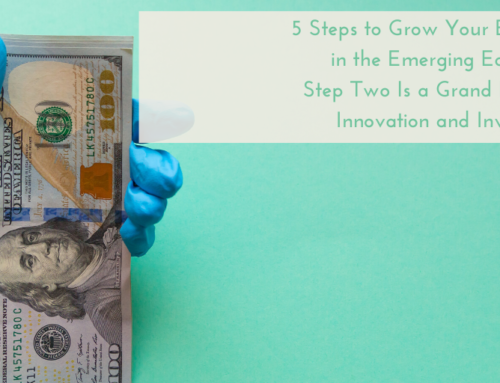As we’ve seen, consumers have the power to change a brand’s story. No brand, no matter how large or small, is so powerful that they don’t need to worry about consumers’ effects on their bottom line. Consider the new brand story of Apple, which has recently faced backlash regarding faulty software updates and, worse, phones that bend when crammed in a pocket too long. If a brand as big as Apple is susceptible, yours is, too. We also know now how to combat a changing brand story, but these measures only help after the fact. How can you take pre-emptive measures to avoid many future problems? By making sure you craft a solid, powerful, and compelling brand story in the first place. What do you need to do this?
Know Your Value Proposition
If you know your value proposition, then you know your brand’s story. Your value proposition contains your brand’s history, reflects your journey, encompasses your goals, projects your promise and understands your buyer personas. Start with your value proposition—remember how you got from the beginning to where you are now. Write it all down and the story will begin to take shape.
Know Your Characters
If you know your buyers personas, then you know your brand story’s characters. The next step is to turn these personas into figures your audience will care about and root for. Your buyers should be invested in the characters, should somehow relate to them. They should experience the same pain points and require the same relief.
Allow Interpretation
Yes, consumers can change your brand story if you’re not careful. That also means they have the power to finish it for you, too. If you’re too busy beating them over the head with your message, you give them no room to come up with their own conclusions. Would you read a mystery novel if the author told you “whodunit” on the first page? Of course not! Let your buyers interpret for themselves and they’ll be that much more attached to your brand. As long as you provide all the elements and shape the story for them, your customers will follow along. You’ll all arrive at the same place at the same time.
Practice and Understand Fiction
Most of what we’ve covered so far stems from absolute fact: value proposition, buyer personas, and pain points. You can tell a great non-fiction story with this information, but is that enough to draw your buyers in? To really make the most of brand storytelling, you must learn to apply the non-fiction to fictional settings. Creativity, personal style, and a narrative that really packs a punch are what will impact your buyers in a way that will reverberate for years. Susan Gunelius says, “…The best brand storytellers understand the critical elements of fiction writing, which are skills that few marketers have been formally trained to do.” If you know creativity and fiction aren’t your strongest points, don’t simply settle for nonfiction. Seek out someone who can help you write a compelling, exciting, interesting, and individualized brand story.
Are you ready to start crafting your brand story today? We can help you flesh out your characters and turn your value proposition into an incredible story, so give us a call.






